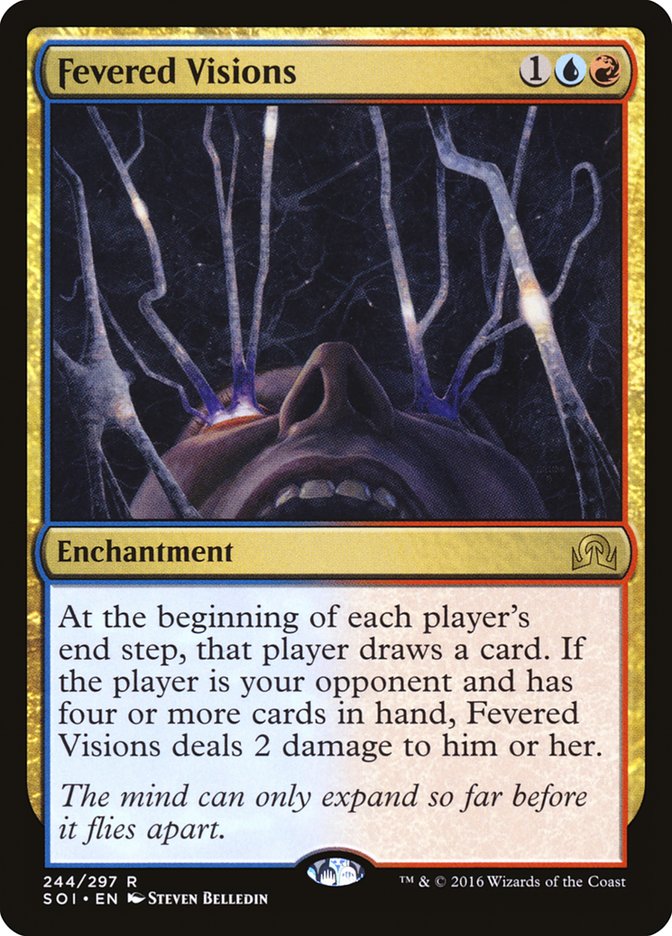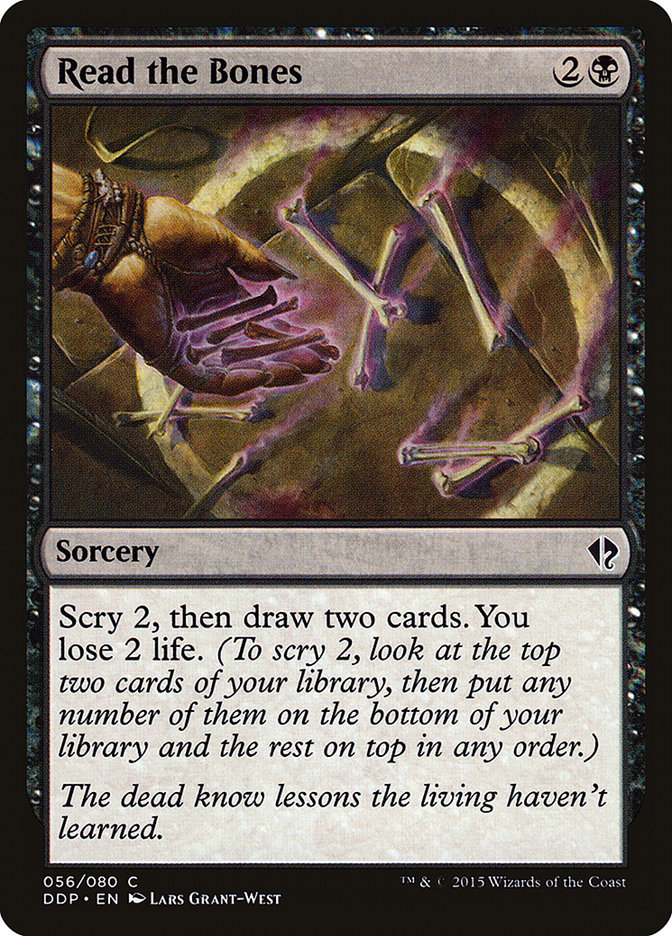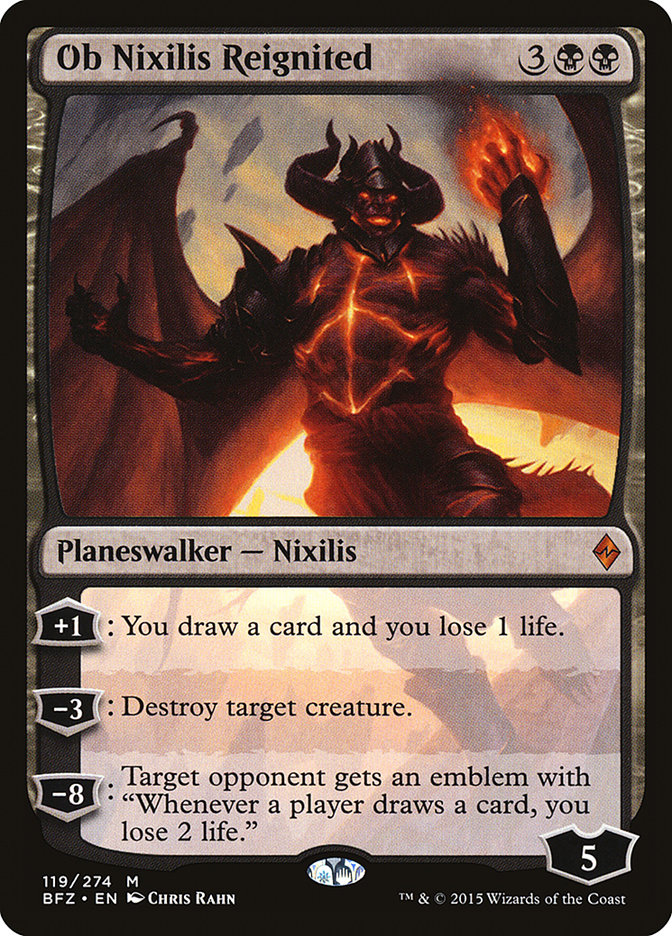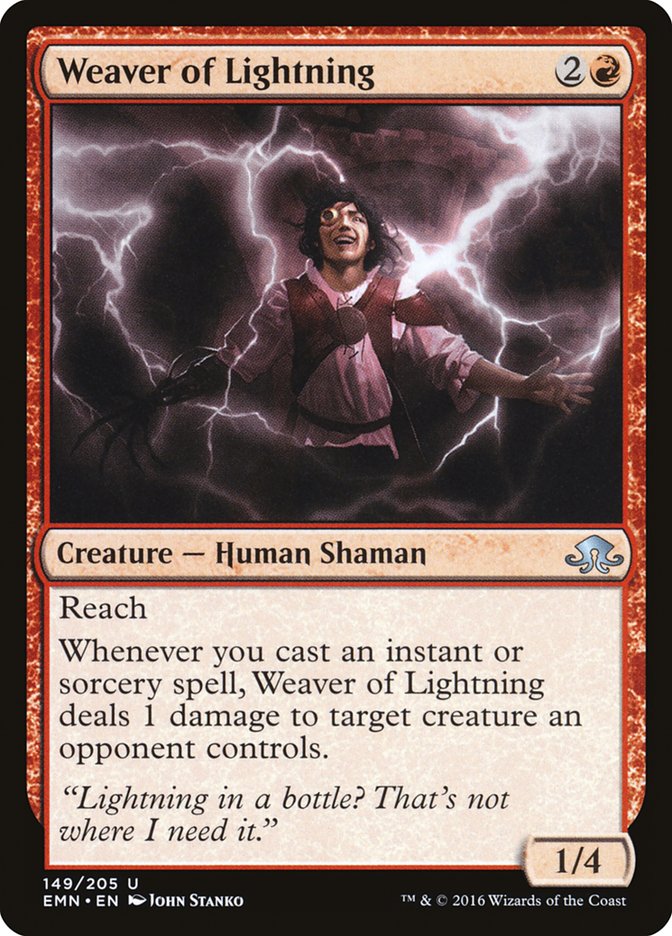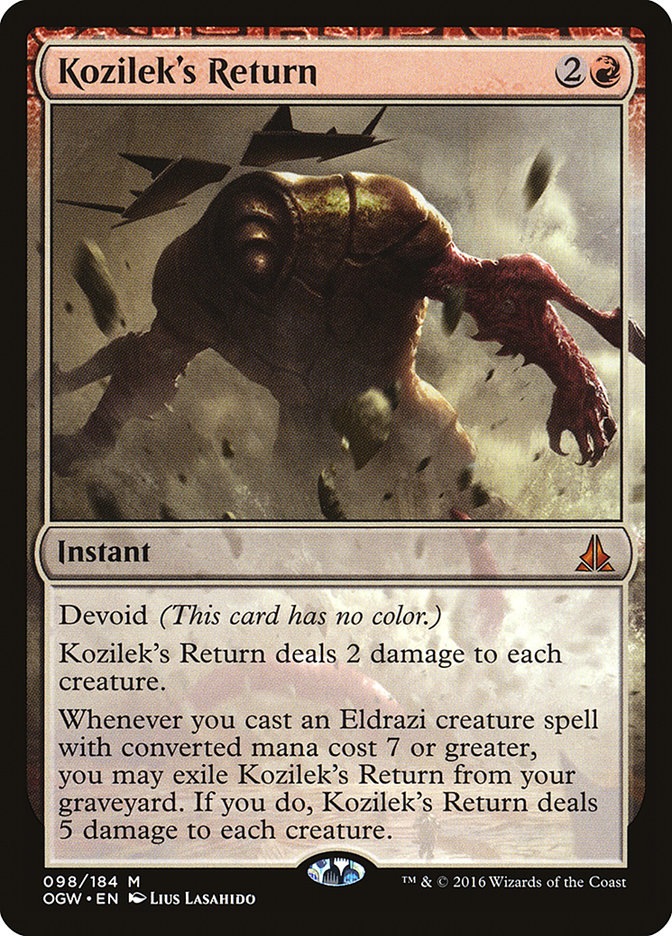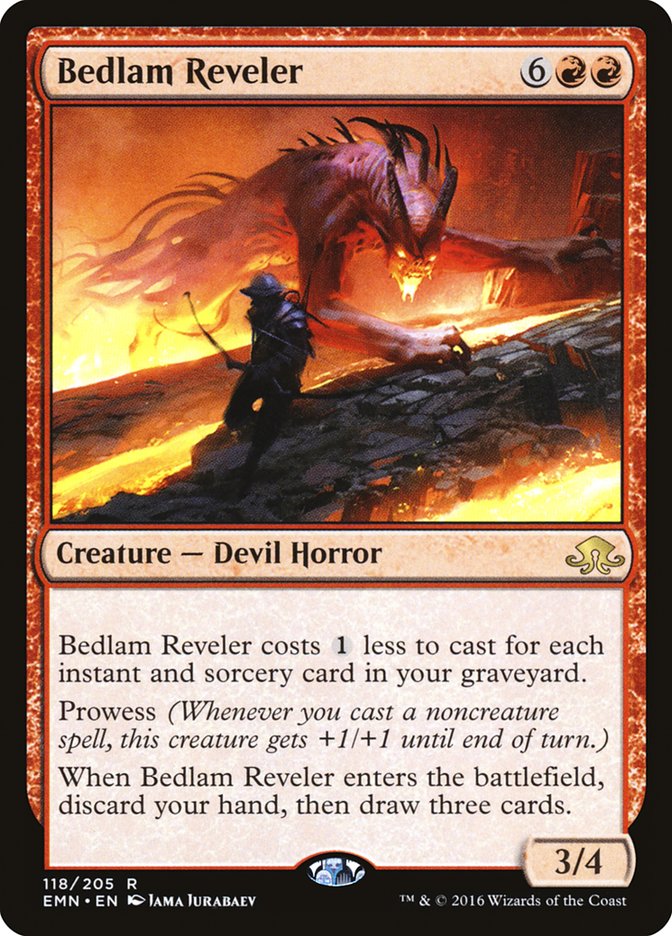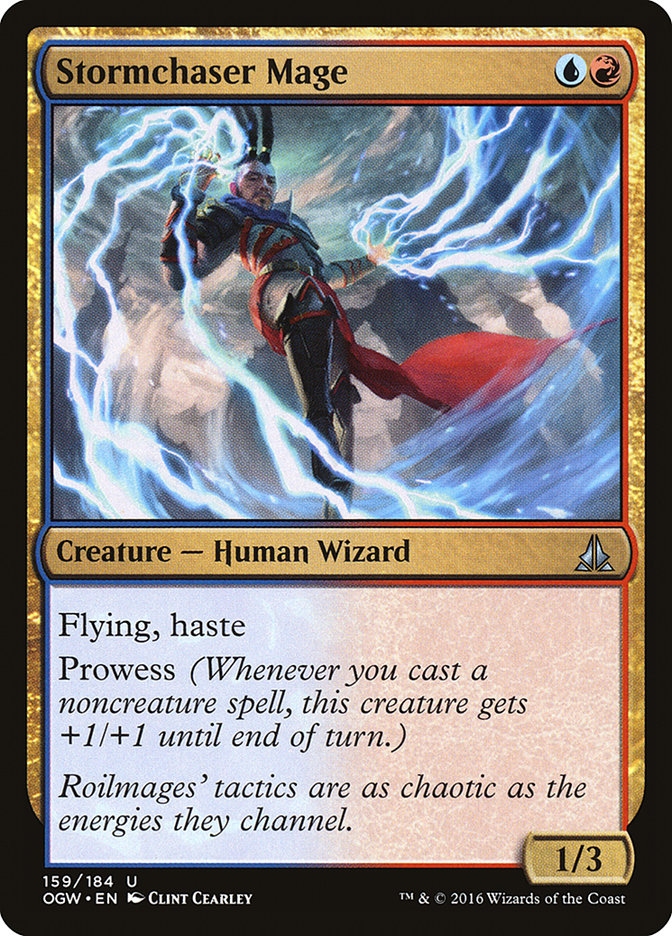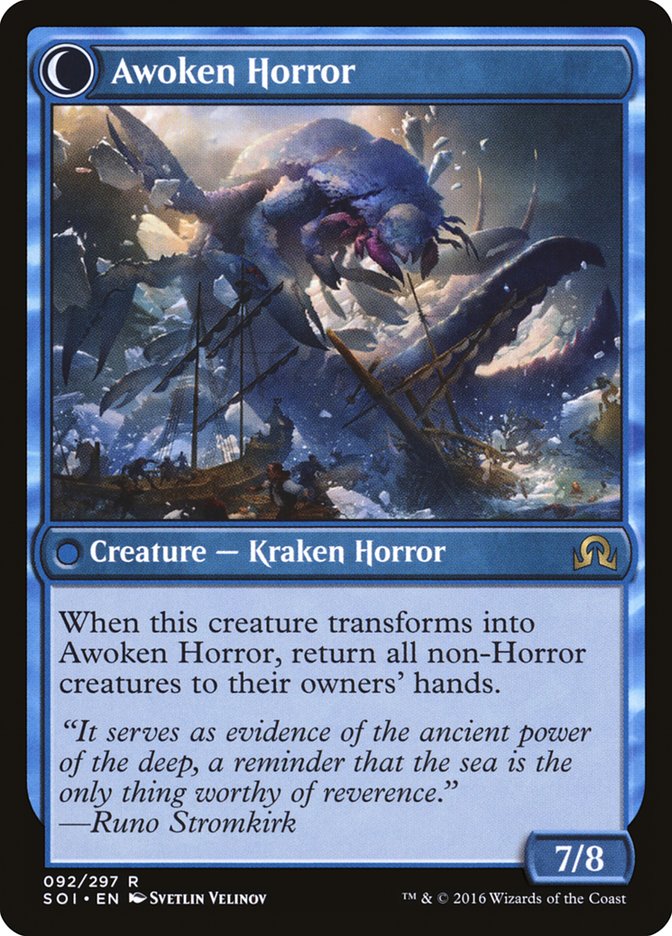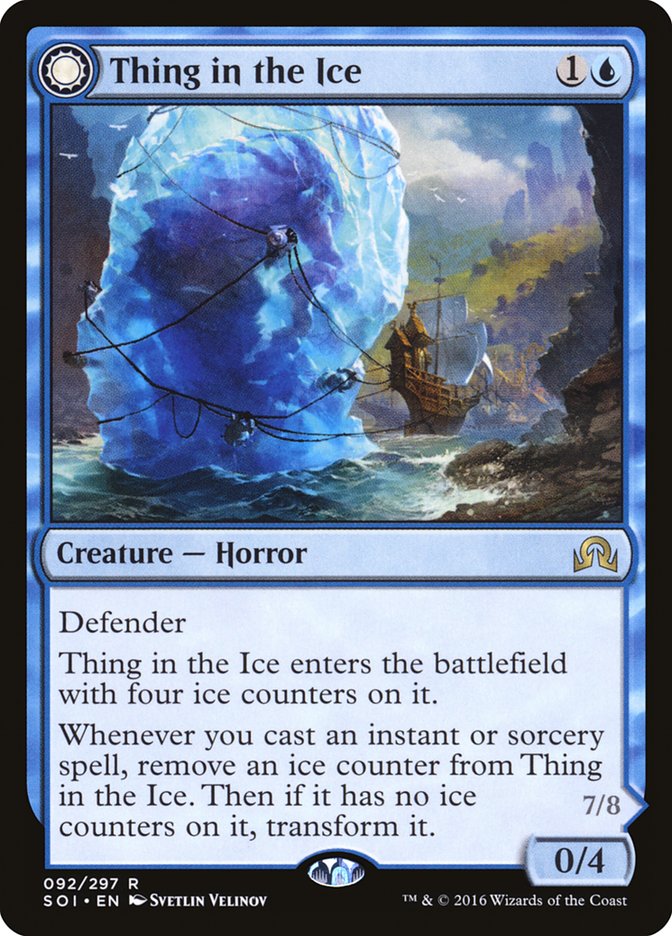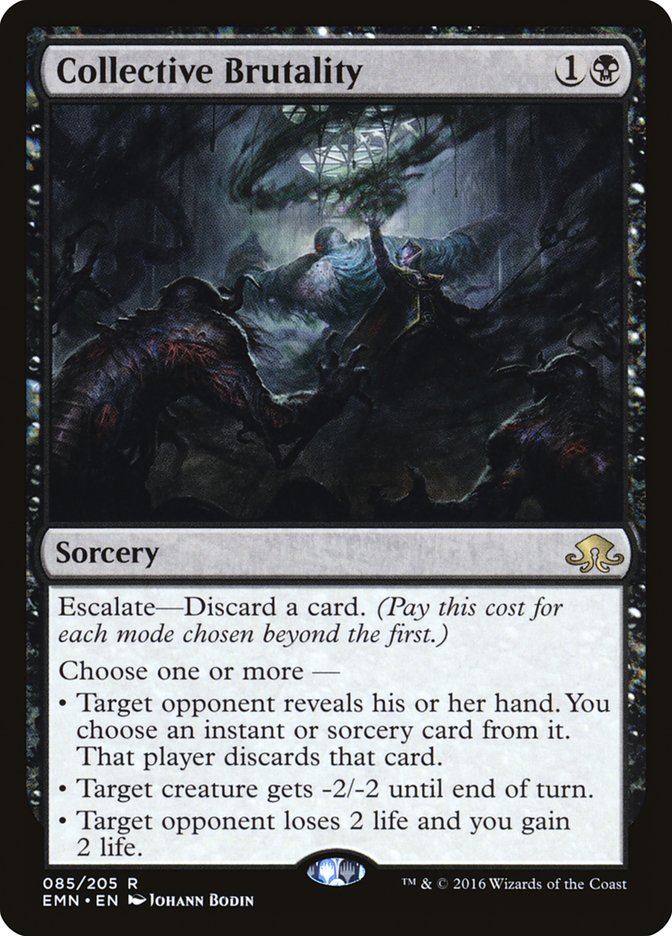Well, perhaps “we” is going a bit too far. But both of my carmates ended up playing Dredge in solidarity last weekend, and both of them busted through to the Top 8 of the Modern Open in Syracuse. I had a disappointing end to my tournament, going 6-3 on the first day of play, but I can attribute most of that to misplays and bad mulligan decisions. Oh yeah, and Ross Merriam won the whole thing.
Creatures (29)
- 4 Golgari Grave-Troll
- 1 Golgari Thug
- 3 Stinkweed Imp
- 4 Greater Gargadon
- 4 Narcomoeba
- 4 Bloodghast
- 4 Prized Amalgam
- 4 Insolent Neonate
- 1 Haunted Dead
Lands (19)
Spells (12)

People know that Dredge is the real deal now, so there is sure to be a lot more hate this weekend at the #SCGINVI. What many people don’t realize is that Dredge can survive the hate cards pretty easily, and only a scant few anti-graveyard measures actually do much of anything. On top of that, Dredge can draw ways to answer those anti-graveyard cards (Nature’s Claim) and resume doing degenerate things.
But the real issue for most decks in Modern is that many of those hateful graveyard cards are detrimental to their core strategy. Jeskai decks don’t really want to play Rest in Peace because it shuts down their best spell, Snapcaster Mage. Jund decks don’t want to play Leyline of the Void because it forces them to mulligan to it, leaving them with a potentially weak hand that can just lose to hard-cast Bloodghast or Prized Amalgam.
Eventually, the three of us learned that anti-graveyard cards weren’t the things beating Dredge. In truth, fast and linear decks were the ones that got us in trouble. That and learning too slowly which hands you could safely keep and which ones you should mulligan. Over the course of the tournament, we all realized how easy it was to win a game with just five cards. Even three- or four-card openers could potentially go off. The verdict: don’t be an idiot. Mulligan mediocre hands. You can usually do better.
Ross Merriam did a great job of covering the Dredge stuff earlier in the week, so I won’t talk about it in depth too much. If you’re interested in reading about potential changes to the deck, or how to adapt to hate moving forward, check it out here.
Instead, I’m going to talk about something I’ve talked about a lot ever since I got Goggles on the brain: U/R Control decks.
I Got a Fever
And the only cure is more cowbell.
Fevered Visions has been a strong sideboard card in many variations of U/R Goggles in the last few months. I used it to great effect against a number of slower strategies. You know the ones I’m talking about. Decks with Languish. Decks with a ton of removal spells. Decks that are prone to playing one spell per turn. Obviously, I’m talking about B/W and B/G variants.
Fevered Visions drowns them in excess resources, all while chipping away at their life total and providing you with a steady stream of cards that they will struggle to interact with. On top of that, Fevered Visions itself is an enchantment. Only a handful of maindeck cards are actually good against Fevered Visions, and not many of them are being played right now. But what Fevered Visions brings to the table is not something many cards in Standard can boast: free wins. Fevered Visions alone will give you enough of a boost to win games. Games where you draw it and games where you don’t feel drastically different, and the latter can often be a struggle. To me, that’s a sign of a great Magic card.
With Tom Ross’s signature W/R Humans deck falling out of favor, there aren’t many aggressive strategies left in the field for you to worry about. Fevered Visions is typically mediocre against a deck that can empty its hand quickly, so a genuine lack of that or another aggressive archetype is a boon for a Fevered Visions deck. So many strategies hinge on being able to outlast the opponent, from flipping Nissa, Vastwood Seer to popping clues with Tireless Tracker. Even most B/W decks play Read the Bones or Ob Nixilis Reignited, which are just actual jokes against Fevered Visions.
After making some mistakes and getting beat up in the Modern Open, I was really looking forward to playing in the Standard Classic on Sunday. I needed to do well to keep my place on the SCG Tour® leaderboard, as bombing out of the Modern Open put me in bad shape to keep my Top 16 and two byes. After talking with both Ross Merriam and Tom “The Boss” Ross about potential builds of U/R, as well as consulting Pedro Carvalho’s updates on the deck, I eventually settled on this list for the Standard Classic.
Creatures (9)
Lands (24)
Spells (27)

The maindeck is only one card off of Pedro’s updated list, but I decided to cut the Geier Reach Sanitarium for another Island. I was afraid of missing my two-drop due to a lack of blue sources, and I felt like giving my opponent the ability to loot away mostly-dead spells or extra lands was a mistake. I’d rather just cast my spells and hope they were good enough.
The first thing I considered while putting the deck together was cutting Thing in the Ice completely. I wanted Bedlam Reveler in the maindeck, and that seemed like the easiest way to fit it in there. But much like the Dredge deck, this was going to be my first real tournament with this particular archetype. Changing stuff just because it didn’t look right on paper is something many players do too often, even before testing it for themselves. In most cases, successful decks have a lot of thought put into them, so you should always play a good bit with a new deck before deciding to change anything.
With that in mind, I knew what kind of sideboard I was more comfortable with. I wanted a lot of counterspells so that I could shift into a controlling gameplan. I wanted a lot of creatures if I wanted to go for the beatdown. And I wanted some ways to interact with aggressive decks should I play against them. Having ways to sideboard into all three strategies gave me a lot of flexibility. I knew that Fevered Visions would be the first card you need to cut against aggro, but the deck has a few other duds with Dispel and Unsubstantiate, so making sure I had enough slots to make a big switch was big.
From testing various Goggles decks with Eldritch Moon, I knew that I wanted some copies of
Weaver of Lightning. Kozilek’s Return was also a great answer to some of the decks that could overwhelm you. But honestly, I was scared of getting run over by W/R Humans. Even though it didn’t see much play at the Pro Tour, it was a deck I knew I’d have trouble with if I didn’t come prepared. And there are enough Tom Ross fanatics around the SCG Tour® that I figured I’d play against it once. In the end, I was wrong.
I ended up playing against it twice.
And having access to eight sideboard cards I could cut for Fevered Visions, Dispel, and Unsubstantiate was invaluable. I was able to turn my deck into a removal machine, backed up with a big draw effect from Bedlam Reveler. In all of the games I played against W/R Humans, I felt like the first game of the match was almost unwinnable, while the post-sideboard games felt like a breeze. I’d kill the first few creatures, but my own motley crew was also enough to stifle the bleeding. The fact that Thermo-Alchemist can block two-power creatures was much better than I initially thought.
An Honest Assessment of U/R
I want to love this deck. I really do. At times, it feels like you have all the tools necessary to beat just about anyone. But in other scenarios, you’re stuck with a handful of situational and sometimes really bad spells that don’t do a whole lot or are just too slow. I like a lot of what the U/R deck is trying to do, but I also think it needs a major overhaul.
But of course I would say that, seeing as I so desperately want to play Pyromancer’s Goggles again. Oh, what a cruel mistress. But we saw slight variations at Grand Prix Rimini last weekend in the hands of Lukas Blohon and Simon Enckels that definitely deserve a second look.
Stormchaser Mage showed up in both decklists, leading me to believe that it should get the nod over Thing in the Ice. After all, it has haste and can get in quite a bit of damage before dying to a removal spell. Thing in the Ice needs some time to marinate but has a much bigger effect in the long run. So the real question is this: how good is Thing in the Ice, and should it get axed from the deck?
For me, Thing in the Ice was singlehandedly the reason I won some games. I was able to bounce my opponent’s entire battlefield and swing in for nearly lethal on multiple occasions. It also did a great job of playing defense against a number of early drops from my opponent. Alongside Thermo-Alchemist, my set of creatures could easily hold the fort, buying me precious life points while I tried to assemble lethal burn spells or gain control of the game. Stormchaser Mage doesn’t really do that, or at least you shouldn’t be gearing your deck towards doing that.
I think Thing in the Ice fits the gameplan that I want a little bit better than Stormchaser Mage and gives you an out to a number of tough situations. Your opponent has a harder time taking control of a game with Ishkanah, Grafwidow or just overwhelming you in general. They have to take an entire turn to kill Thing in the Ice for fear of it flipping and dealing them a whopping seven damage, and that turn can buy you enough time to find the burn spells you need. And if they don’t deal with Thing in the Ice? Well, you know how that goes.
Of course, Thing in the Ice isn’t particularly good against Bant Company, where Stormchaser Mage can go to the air early and score some free damage. Having a way to deal some early damage could help you close games faster against them, but I’m looking to be the control player in the matchup. You will want to point most of your early burn spells at their creatures to keep them off-balance and hopefully draw a Dispel to stop their Collected Company. Outside of that, you’re mostly just playing a fair match of Magic. They’re presenting threats and you need to answer them. Having an aggressive element is fine and can punish some of their slower draws, but I think that Stormchaser Mage incentivizes you to play a different game than you want to.
With that in mind, I don’t really want either card in my deck against Bant Company, but you just have to take what you can get. I’m sure there is a potential build with a lot of maindeck Bedlam Revelers, a creature you don’t mind getting bounced, but I haven’t had the chance to try it out yet. I have been quite impressed with Bedlam Reveler in sideboarded games, and especially in matchups where you need to side out Fevered Visions. Without that source of card advantage, you might find yourself flooding out a bit too much.
It was also refreshing to see just how good Bedlam Reveler was against most decks in the field. I sideboarded it in every single match, which says a lot about the power level of the card. You might say, “Well why don’t you just play them in the maindeck?” Good question. And it probably should be there, to be honest. But I have a feeling that your deck gets clunkier when you add cards that can’t be cast early in the game. In post-sideboard games, you configure your deck to be better against your opponent’s strategy and usually have the tools to buy yourself enough time to bring it online for almost full value. You might just lose the game with one or two stuck in your hand if you play them in your maindeck.
As for Exquisite Firecraft, I ultimately decided against it. I wanted to keep the deck lean and figured there was a very good reason for it to be excluded from the original list. Dealing four damage to the opponent is a big deal, but three mana makes it fight pretty hard with Collective Defiance. You don’t want to get stuck with too many expensive cards in your hand. That’s the first thing I learned about this deck when playing it in the Classic.
The draw of Jace, Vryn’s Prodigy and Thing in the Ice in this kind of a deck is that they’re low-cost investments. If your opponent kills them, it doesn’t hurt too much. You can usually find some other stuff to do, and you didn’t waste all that much time casting the cards. The same can be said of the other spells in your deck. Drawing too much situational removal, like Fiery Impulse or Lightning Axe, can leave you wanting another burn spell to finish off the opponent. But in some cases, those one-mana removal spells are what get you to the late-game in the first place.
It is a balancing act. All of it. Finding the right combination of finishers and ones that bridge the gap is key in building a deck like this. Having the right balance of utility, power, and cost is the only thing that matters.
Bedlam Reveler Wins: Brutality
While playing U/R in the Standard Classic was a treat, I can’t help but think the deck could be configured differently to push the “burn” aspect. I’ve seen a few versions of Grixis Fevered Visions on Magic Online recently, and it got me thinking: what if blue isn’t necessary? After all, those versions are only playing Fevered Visions in the maindeck. Could Bedlam Reveler be good enough on its own that you don’t actually need the blue spells at all?
After starting with a list I liked, I trimmed it down to two colors and it actually looks pretty sweet. Here, take a look.
Creatures (7)
Lands (25)
Spells (28)

The first time I saw Collective Brutality…I fell in love. And since then, all I wanted to do was pair it with Fiery Temper. If we’re pushing the burn elements of the deck and trying to kill our opponents before their creatures actually start to matter, it just made sense to cut to the chase. Here we have Alms of the Vein and Fiery Temper, ready to be cast with madness from either Tormenting Voice or Collective Brutality.
That’s just good deckbuilding.
Now the sideboard is likely a mess, and the manabase is a work in progress (too many black sources), but I like the core idea. At this stage of testing for the Invitational this weekend, it is unlikely I’ll be able to find a version of this deck that I’m happy with, but I’ll be damned if I’m not going to try. We have a good shell from the original U/R list, and that’s usually where I have the most trouble when building a new deck.
It is possible the core doesn’t function without Fevered Visions. In that event, I’ll likely just move back towards the tried-and-true blue version. Thing in the Ice and Jace, Vryn’s Prodigy are quite powerful. I’m just hoping that Bedlam Reveler can pick up most of the slack that cutting those creatures leaves behind. Unfortunately, only having seven creatures gives your opponent a juicy target later in the game for their removal spells, making the body on Bedlam Reveler a bit worse than it would normally be. But then again, if we aren’t giving our opponent a bunch of free cards with Fevered Visions and we’re potentially stripping them of removal with Collective Brutality, Bedlam Reveler just might close games by itself.
While this version is a bit more linear than the U/R version, I do like the idea of a Burn deck in Standard. So much about Standard is vying for control of the battlefield or finding a way to go over the top of your opponent. No one is really ignoring their opponent. At the very least, this deck has the ability to throw most of the removal spells upstairs, which is incredibly refreshing in a format full of Bant Company. Their threats might be good at winning the long game, but what if we just try to close it out before that actually happens?
This isn’t even in the same ballpark as Modern Burn decks. We don’t have Goblin Guide or Boros Charm. Instead, we’re playing spells that give us the ability to choose which role we take. If killing their early creatures is the best way to make sure you resolve Bedlam Reveler and take over the game, then so be it. But I’m sure you’ll find yourself in plenty of spots where you’ll just send an Incendiary Flow upstairs on the second turn, or maybe combo off on three with Collective Brutality and Alms of the Vein, stripping their Collected Company and draining them for five life. I’ll be there in spirit, cackling as the color drains from your opponent’s face.
And when that happens, I hope you’ll think of me.
Love.


